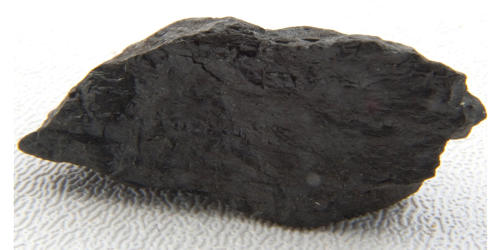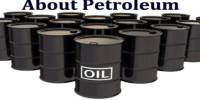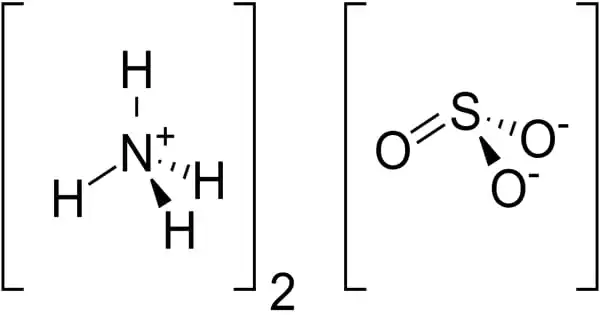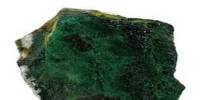Coal is a rock made of almost pure carbon. Bituminous coal or black coal is relatively soft coal containing a tarlike substance called bitumen or asphalt. It is the second-highest quality of coal (below anthracite) and the most abundant type. It is of higher quality than lignite coal but of poorer quality than anthracite. It is the most common fuel in the power sector. The formation is usually the result of high pressure being exerted on lignite. Its coloration can be black or sometimes dark brown; often there are well-defined bands of bright and dull material within the seams. It is the most abundant form of coal, intermediate in rank between sub-bituminous coal and anthracite according to the coal classification used in the United States and Canada.
Bituminous coal is dark brown to black in color and commonly banded or layered. It is quite abundant in many parts of the world, occurs in sedimentary rock formations, and is often located close to deposits of limestone. Microscopically, three main groups of macerals (individual organic constituents of coal) can be recognized: vitrinite, liptinite, and inertinite. The high carbon and low moisture content of this particular type of coal make it ideal in the production of steel and cement, as well as in electricity generation and coke production.

Fig: bituminous coal
Bituminous coal is an organic sedimentary rock formed by diagenetic and sub metamorphic compression of peat bog material. Its primary constituents are macerals: vitrinite, and liptinite. It is a mineral coal that contains volatile hydrocarbons and tarries matter and burns with a yellow, smoky flame; soft coal. The carbon content of bituminous coal is around 60–80%; the rest is composed of water, air, hydrogen, and sulfur, which have not been driven off from the macerals. Bank density is approximately 1,346 kilograms per cubic meter (84.0 lb/cu ft). Bulk density typically runs to 833 kilograms per cubic meter (52.0 lb/cu ft). The heat content of bituminous coal ranges from 24 to 35 megajoules per kilogram (21 to 30 million British thermal units per short ton) on a moist, mineral-matter-free basis. It’s the type of coal that is most widely used in our world today. It’s been named so because of the presence of a tar-like & gluey type substance that is known as bitumen.
Burning bituminous coal poses serious health risks. A major problem associated with the burning of bituminous coal is air pollution. Within the coal mining industry, this type of coal is known for releasing the largest amounts of firedamp, a dangerous mixture of gases that can cause underground explosions. Burning bituminous coal with a high sulfur content releases sulfur oxides into the air. Extraction of bituminous coal demands the highest safety procedures involving attentive gas monitoring, good ventilation, and vigilant site management. When moisture in the atmosphere reacts with these gases, acids such as sulfuric acid are produced and fall to Earth as wet acid deposition (acid rain)—an agent that can damage buildings and crops and cause water pollution. This type of coal produces excessive amounts of smoke and soot and its high sulfur content contributes to acid rain through the release of sulfur oxides (SOx).
















